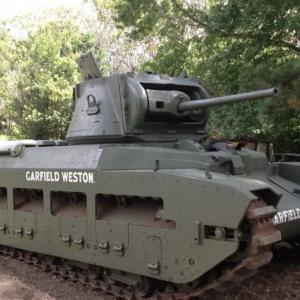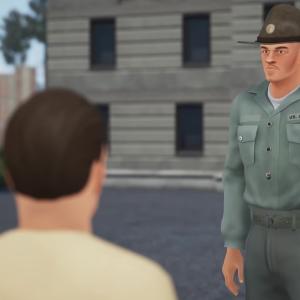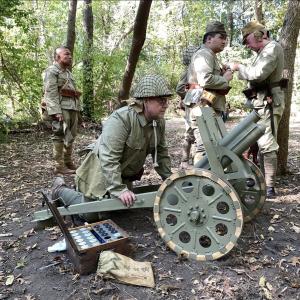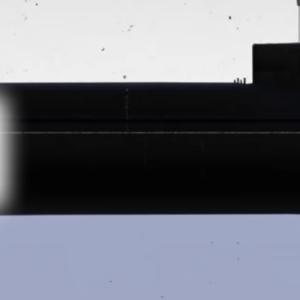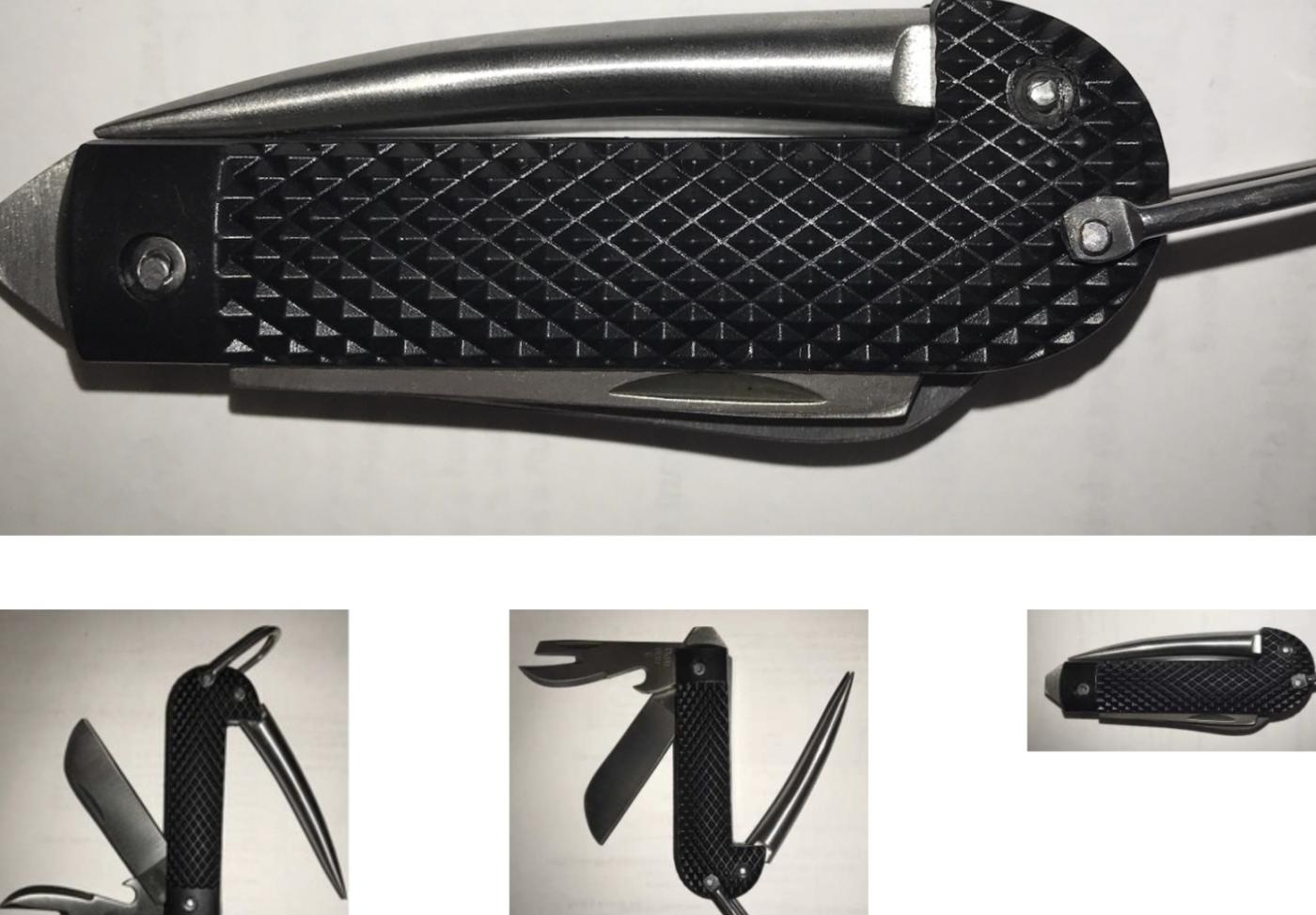
British Army Jack Knife
The British Army jack knife, a utilitarian folding pocket knife, has long been a standard-issue tool for British soldiers, representing a blend of practicality, durability, and military efficiency. Its roots trace back to the late 19th century, when the British military recognized the need for a multi-purpose folding knife suitable for the rugged conditions faced by soldiers and sailors. The term "jack knife" historically referred to any folding knife, but the British military jack knife soon became synonymous with a very specific type of design: robust, no-nonsense, and capable of handling a wide range of field tasks.
The design of the British Army jack knife was driven by the War Office’s ordnance specifications rather than the creativity of a single named individual. The initial requirements called for a knife that could be used for general purposes such as cutting rope, preparing food, and carrying out minor repairs. Over time, it evolved to incorporate tools specifically tailored to military needs. By the early 20th century, particularly around the time of the First World War, the typical British Army jack knife included a heavy-duty spear point blade, a can opener, a marlinspike (used primarily for ropework), and a lanyard ring. The marlinspike, in particular, was a reflection of the knife’s naval heritage, as it was critical for working with knots and splicing ropes, essential skills aboard ships and in field engineering units.
Production of the jack knife was carried out by a variety of manufacturers over the decades. Some of the most well-known makers included Joseph Rodgers & Sons of Sheffield, George Ibberson, and Wade & Butcher. Sheffield, long renowned for its cutlery industry, became the hub of production for these military knives, and many were stamped with "Sheffield" and the War Department broad arrow marking, signifying government property. The knives were not luxurious but were engineered for resilience and ease of repair. Their construction typically featured carbon steel blades and stainless steel or nickel silver bolsters, with grips made from checkered black fiber or sometimes Bakelite or metal scales in later versions. Each manufacturer adhered to strict military specifications, ensuring uniformity and reliability across units.
The uses of the British Army jack knife extended beyond just cutting. The can opener allowed soldiers to access preserved rations, which were a staple in military provisioning. The marlinspike had numerous applications in handling webbing, opening knots, and general maintenance of field gear. In jungle environments, the knife could be employed in clearing vegetation, while in urban warfare or trench settings, it was useful for opening containers and performing makeshift repairs on equipment or gear. Its multi-tool functionality meant that it could serve as an all-in-one survival aid, particularly valuable in wartime scenarios where specialized tools were not always available. Furthermore, the jack knife was a personal item—issued to individual soldiers rather than kept in communal stores—so it often became a treasured possession, carried for years and sometimes passed on as a keepsake.
The British Army jack knife saw continuous service from the late 1800s through the two World Wars and well into the Cold War era. Its design saw few radical changes, which is a testament to its effectiveness. The 1940 Pattern, in particular, became one of the most iconic models, with its distinctive all-metal construction and large marlinspike. This model remained in use through the Falklands War and even into the early 2000s in some branches. However, by the early 21st century, as more modern multitools and specialized gear became widely available, the traditional jack knife began to be phased out in favor of newer equipment such as the Gerber multitool or Leatherman. Despite this, the British Army jack knife remains a symbol of military utility and tradition. Collectors and military historians value it not only for its functionality but for the stories and history it carries—each scratch and dent a reminder of its service.

